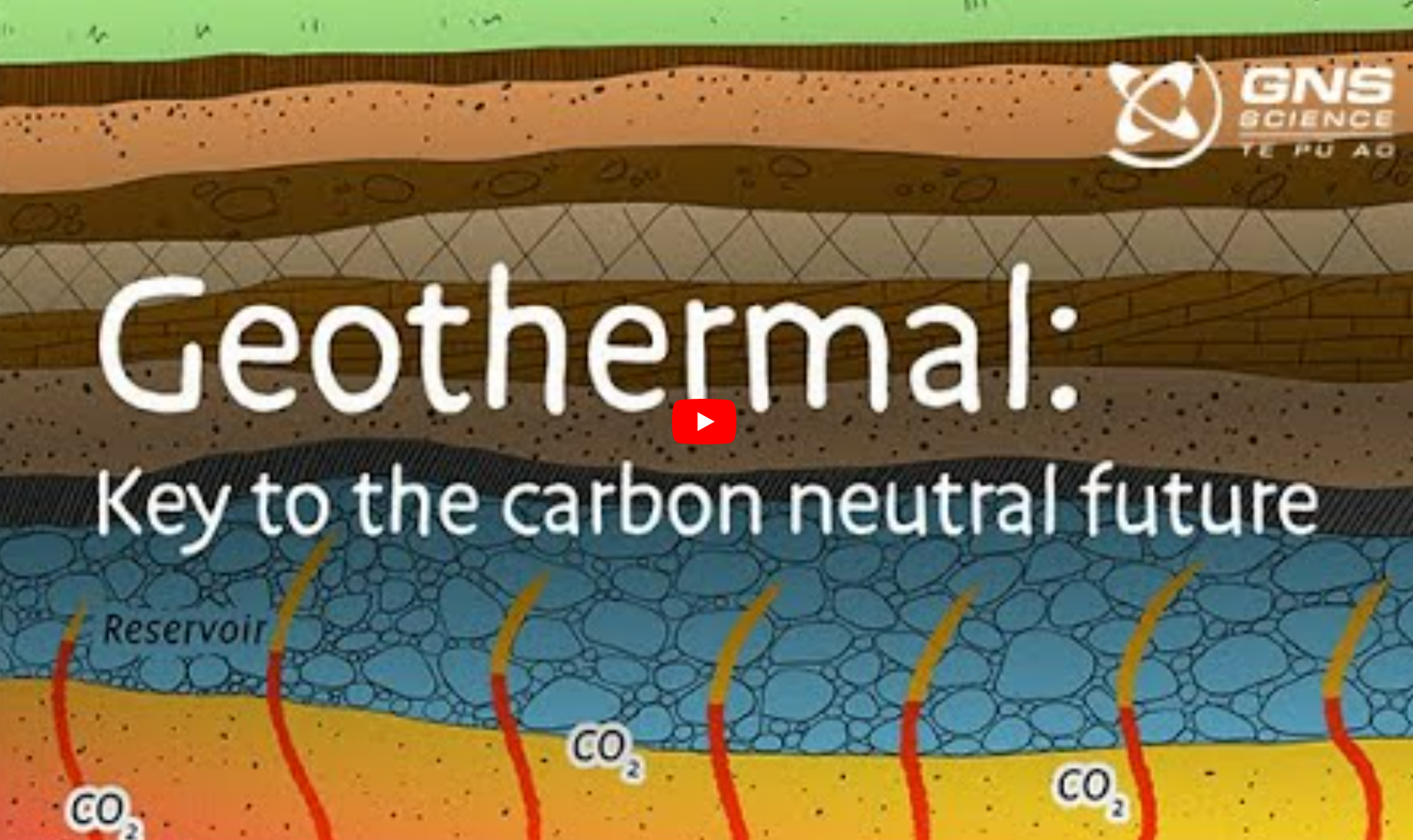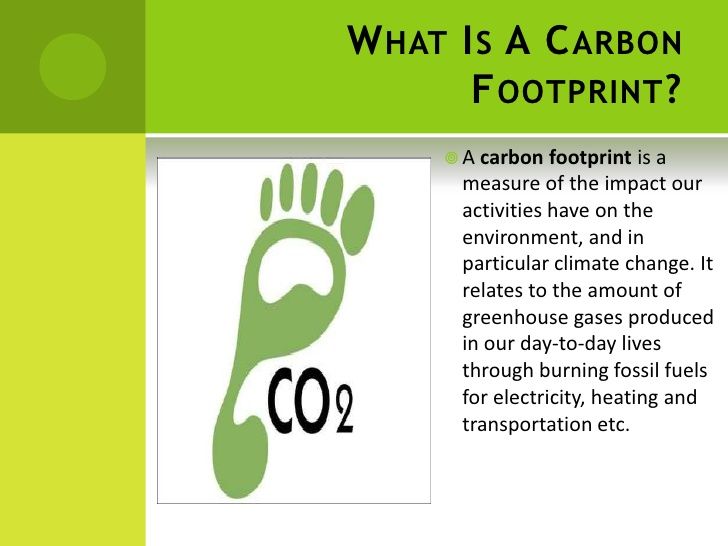
The carbon footprint of geothermal plants is generally considered to be relatively low compared to many other forms of electricity generation, such as coal or natural gas-fired power plants.
Geothermal plants typically produce electricity by tapping into natural sources of heat beneath the earth’s surface, using the energy to power steam turbines that generate electricity.
This process does not involve the burning of fossil fuels, and therefore produces very little greenhouse gas emissions.
Overall, while the carbon footprint of geothermal plants is generally considered to be relatively low, it is not zero and can vary depending on the specific site.

For original of this video and more from its contect creator please visit : (1) GNS Science – YouTube

Why should we reduce our carbon footprint?
Should we as a species fail to reduce our carbon footprint, the consequences range from disastrous to catastrophic. In the near future, humans can expect to see more droughts, more climate-related disasters, food shortages, wild swings in temperature, refugee crises, and more.
Almost all human based activities are responsible for increasing the global carbon footprint. Fossil fuels are used widely in many activities, individual needs to industrial activities. There are so many types of fossil fuels, such as petroleum. The way fossil fuels effect the ecosystem by releasing greenhouse gases, which are the primary cause of problems such as global warming and climate change. The amount of greenhouse gases released is called the carbon footprint.
Carbon footprint is a main part of the ecological footprint.
The carbon footprint has its importance in the environment only when it is not accumulating in an amount greater than its sequestration. Carbon is an essential component of elements, molecules, building structures, etc. Forests and oceans are carbon sinks.
Plants need carbon for energy and growth. Since industrialization, the carbon release in the air is increasing leading to increasing global carbon emissions and carbon footprint. Deforestation is releasing stored carbon back to the environment. Ocean acidification is not letting the ocean store more carbon. Industries are kept releasing carbon into the air.
All these factors are causing the accumulation of carbon in the environment and hence leading to the rising surface temperature of the Earth called global warming and eventually climate change.
There are many actions to be taken by responsible individuals and businesses which will help carbon footprint to be reduced. These includes, working with sustainable suppliers, recycling whatever can be recycled, reducing unnecessary business travel, using renewable energies. In addition to these, in offices, stores and any facilities, similar changes can be made in the name of sustainability.
For instance, the installation of automatic doors which opens only when someone is ready to walk through them reduces unnecessary heating output, with a tangible effect on energy emissions and their costs. Setting up separate trash cans side by side for different waste types can support idea of recycling. LED lighting is another good source for unnecessary energy use; even more so if motion sensors applied for lights until someone is present will help better. Using electronic on Energy-saving modes can have a similar impact.
Helps Climate Change
Geothermal energy has the sixth-lowest carbon footprint of all energy types. Per kWh produced, geothermal energy emits 38 grams of CO2 on a life-cycle basis. It combats climate change, comes with various environmental benefits, and has only minute amounts of greenhouse gas emissions.
Lowest levels of CO2
Geothermal energy is a sustainable energy source that uses heat from the earth’s core and produces little to no waste products while promising one of the lowest levels of carbon dioxide (CO2) emissions. So we had to ask: What is the carbon footprint of geothermal energy?
Some Facts
Eighty-five percent of all human-produced carbon dioxide emissions come from the burning of fossil fuels like coal, natural gas and oil, including gasoline as well as some industrial processes such as cement manufacturing. All the Termites on Earth produce more CO2 than humans do!
Geothermal Sources
are a one of the kind renewable energy types and will never deplete. Abundant geothermal energy will be available for as long as the Earth exists. It is a renewable energy source from the heat generated by the earth's internal core and is available 7/24/365 as long as we care about it.

